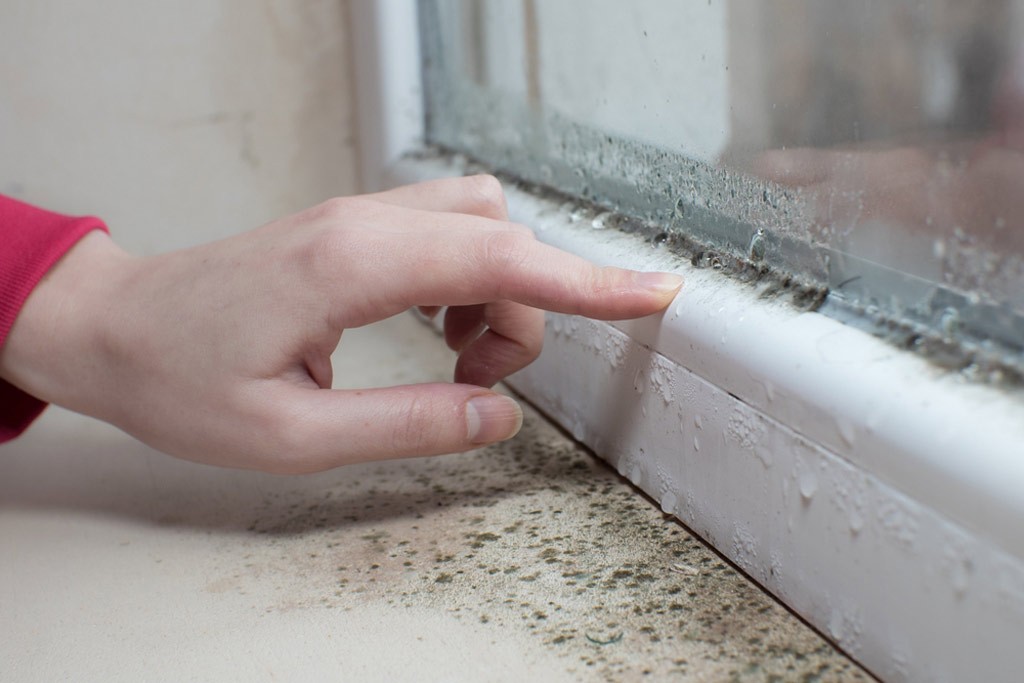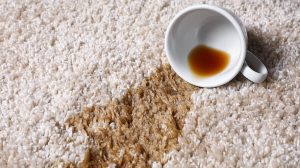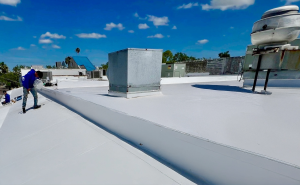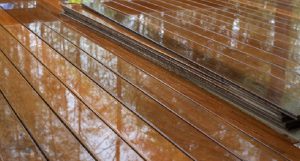How to Spot Hidden Moisture Problems After a Winter Storm

After a winter storm passes, the most obvious damage is easy to see, fallen branches, icy sidewalks, or roof shingles blown away by the wind. But what many homeowners overlook is the hidden moisture left behind. Water that seeps into walls, ceilings, or floors during a storm can cause serious problems long after the snow melts. Learning how to spot these signs early can save you from costly repairs later.
Why Hidden Moisture Is So Dangerous
Moisture that gets trapped inside your home doesn’t always make itself known right away. It can hide behind drywall, under carpets, or in attic insulation where it slowly damages wood and drywall. Over time, this dampness weakens structures and creates the perfect environment for mold to grow.
Because the air in winter is often dry, it’s easy to assume everything is fine once the surface looks clean and dry. Unfortunately, moisture can stay trapped deep inside materials for weeks or even months, leading to hidden rot or unpleasant odors.
Common Places Moisture Hides After a Storm
Hidden moisture can show up in several parts of your home after a storm. Roof leaks are one of the most common culprits. Snow and ice that melt can find their way under shingles or through damaged flashing, soaking into attic insulation or ceiling drywall.
Windows and doors are another weak point. Water can enter around poorly sealed frames or damaged weatherstripping. Basements and crawl spaces are also at risk if snowmelt pools around the foundation. In these dark, cool spaces, moisture can linger undetected for a long time.
Signs You May Have Hidden Moisture
While you might not see water right away, there are subtle clues that point to a moisture problem. Watch for musty smells, discolored walls or ceilings, and areas of paint that bubble or peel. Floors that feel soft or uneven may also signal water damage beneath the surface.
If your heating bills suddenly rise, it could mean your insulation has gotten wet and isn’t performing properly. In basements, look for white or chalky residue on walls, which is left behind when water evaporates and minerals are deposited.
How Professionals Detect and Handle Hidden Moisture
Finding and removing hidden moisture requires more than just a quick inspection. Restoration professionals use advanced tools such as moisture meters and thermal imaging cameras to detect water inside walls and floors. Once the moisture is located, they use air movers and dehumidifiers to dry the space thoroughly.
If mold is discovered, technicians safely remove affected materials and sanitize the area to prevent it from returning. This process ensures that your home is completely dry and structurally sound before repairs are completed.
“Even when a home looks dry, hidden moisture can still be doing damage,” explains David Rogers, owner of Michigan disaster company, Service Pro Restoration. “Professional testing gives homeowners peace of mind that the problem is fully resolved, not just covered up.”
Steps Homeowners Can Take After a Winter Storm
After any winter storm, inspect your home from top to bottom. Check the attic for wet insulation, the basement for leaks, and window frames for condensation. Run fans or dehumidifiers in damp areas and make sure gutters and downspouts are clear so melting snow can drain away from your home.
If you suspect water has gotten inside but can’t find the source, schedule a professional moisture inspection. It’s far better to confirm your home is dry than to risk long-term damage.
Keeping Your Home Safe from Hidden Water Damage
Winter storms bring more than just snow and ice, they can leave behind hidden water that slowly harms your home. By staying alert to the signs of moisture, performing regular inspections, and calling professionals when needed, you can prevent small leaks from turning into major restoration projects. A little attention after each storm goes a long way toward keeping your home safe, dry, and protected year-round.





